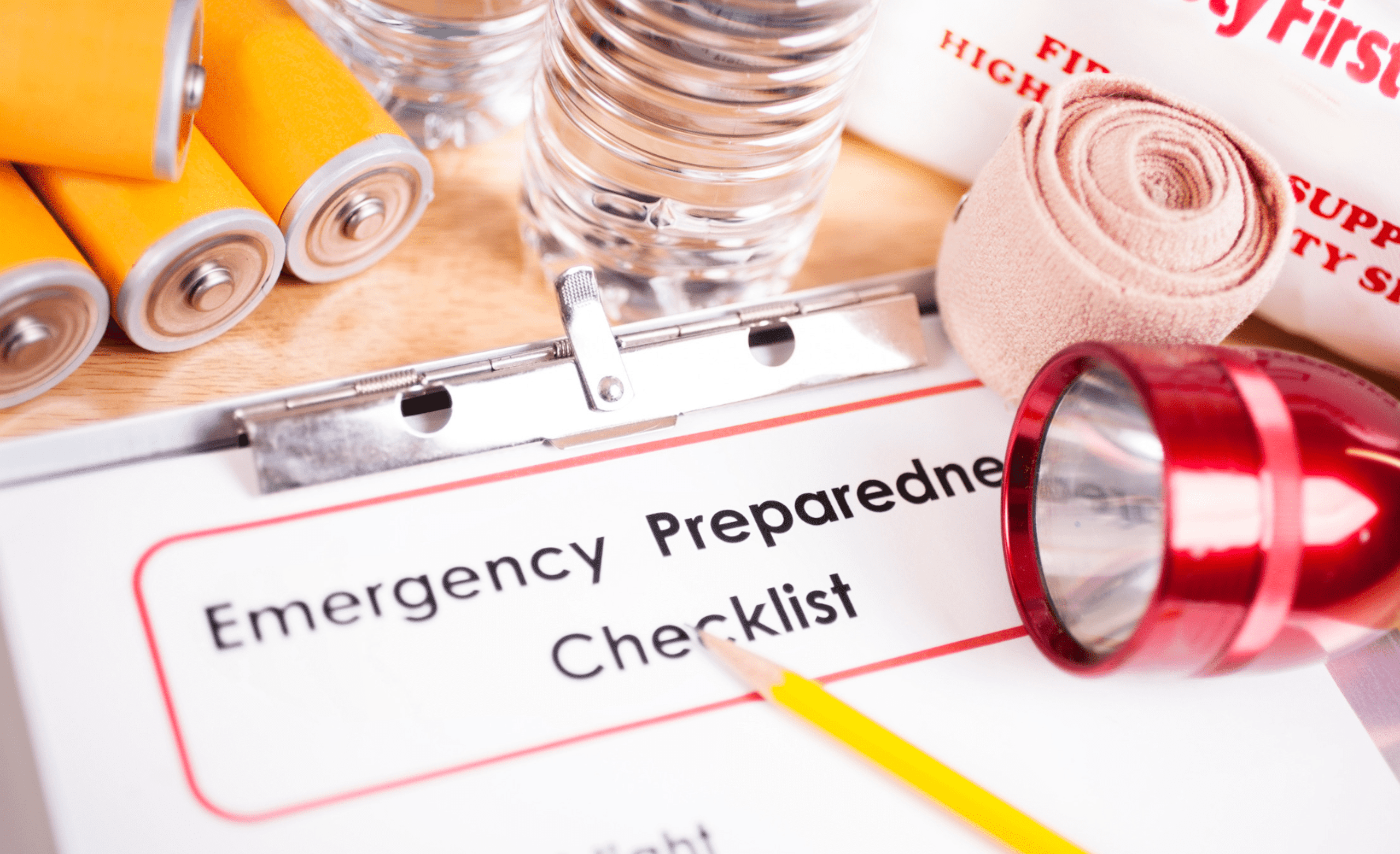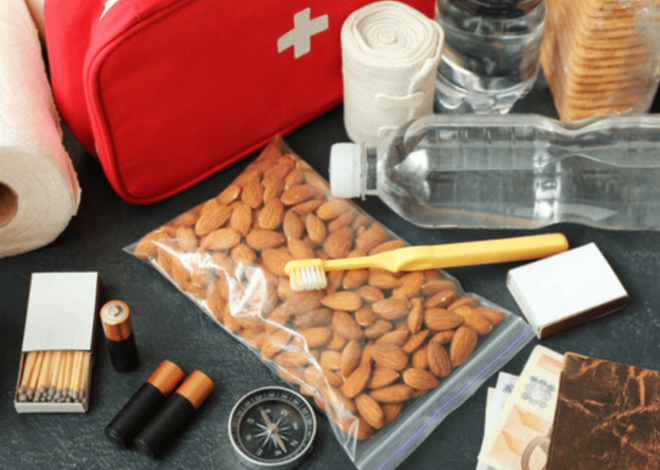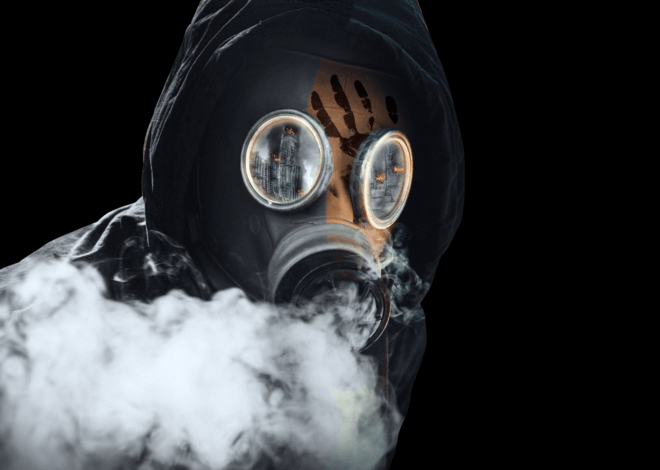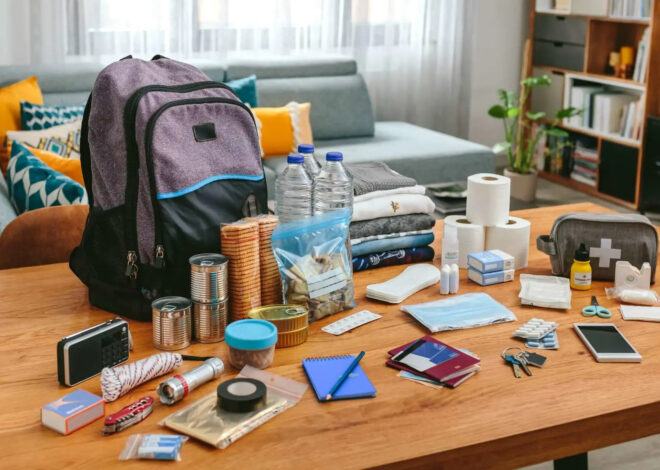
72 Hour Survival Kit Checklist
Welcome to the ultimate guide on the 72 hour survival kit Checklist! In a world full of uncertainties, having a 72-hour survival kit could be the difference between chaos and calm in times of crisis.
Whether you’re facing natural disasters, power outages, or even unexpected events like a nuclear blast, being ready with essential supplies can make all the difference.
Let’s dive into what you need to include in your survival kit to ensure you and your loved ones are well-equipped for any situation that comes your way.
The Importance of a 72 hour Survival Kit
When it comes to emergency preparedness, having a 72-hour survival kit is essential. It’s not about being paranoid; it’s about being proactive and ready for any unexpected situation that may arise.
Disasters can strike at any moment, from natural calamities to unforeseen events like a nuclear blast. In these critical times, having a well-equipped survival kit can make all the difference in ensuring your safety and well-being.
A 72-hour survival kit provides you with the necessary supplies to sustain yourself and your loved ones for three days in case of evacuation or isolation. It includes items like food, water, shelter, tools, first aid essentials, communication devices, and more – all tailored to meet your basic needs during an emergency.
In times of crisis when resources are scarce and help may be delayed, having a comprehensive survival kit within reach can give you peace of mind knowing that you are prepared for whatever may come your way. Stay safe and stay prepared!
Essential Items for Your Kit: Food, Water, and Shelter
When it comes to assembling your 72-hour survival kit, the essentials are non-negotiable: food, water, and shelter. These items form the foundation of your preparedness in case of emergencies or disasters.
Food is crucial for maintaining energy levels during challenging times. Opt for non-perishable items like canned goods, protein bars, and dried fruits. Don’t forget a manual can opener to access these supplies.
Water is a top priority – you simply can’t survive without it. Store at least one gallon per person per day and consider purification tablets or a portable filter for additional safety.
Shelter protects you from the elements and provides a sense of security. Include items like tents, tarps, emergency blankets, or even a sturdy poncho in your kit to stay dry and warm when needed most.
By ensuring you have an adequate supply of food, water, and shelter in your survival kit, you’re taking proactive steps towards being ready for any situation that may arise.
Tools and Supplies for Survival
When it comes to preparing for survival situations, having the right tools and supplies can make all the difference. A multi-tool with various functions like a knife, scissors, and screwdriver can be incredibly handy in a pinch. Don’t forget about a reliable flashlight with extra batteries – visibility is crucial during emergencies.
Having some basic camping gear such as a durable tarp, rope or paracord, and duct tape can help create makeshift shelters or fix equipment. Consider including waterproof matches or a fire starter for warmth and cooking food. A small portable stove or camping cookware might also come in handy for meal preparation.
For water purification, pack water filters or purification tablets to ensure access to clean drinking water. Additionally, include some emergency blankets to retain body heat in cold environments. Remember that being prepared with the right tools can significantly increase your chances of surviving challenging situations.
Personal Hygiene and First Aid Items
Personal hygiene and first aid items are often overlooked but are crucial for your 72-hour survival kit. In times of crisis, staying clean and taking care of minor injuries can make a big difference in your well-being.
Pack essentials like toothpaste, toothbrushes, soap, hand sanitizer, and wet wipes to maintain hygiene during an emergency situation. These simple items can help prevent the spread of germs and keep you feeling fresh.
Additionally, include a basic first aid kit with bandages, gauze pads, antiseptic wipes or spray, tweezers, scissors, and pain relievers. Being able to address minor cuts and injuries promptly can prevent infections from developing.
Don’t forget about any prescription medications you or your family members may need. Keep a supply in your kit along with instructions on dosage to ensure everyone’s health needs are met during uncertain times.
Communication and Navigation Devices
When it comes to survival in emergency situations, communication and navigation devices are crucial. A reliable two-way radio can help you stay connected with others in your group or call for help if needed. Additionally, a whistle is a simple but effective tool for signaling your location to rescuers.
Having a map of the area and a compass can assist in navigating unfamiliar terrain, especially if GPS signals are unavailable. Consider packing spare batteries or portable chargers for your electronic devices to ensure they stay powered up when needed most.
Incorporating a signaling mirror into your kit can also be beneficial for attracting attention from afar. Furthermore, don’t forget to include pen and paper for leaving messages or jotting down important information.
By including these communication and navigation devices in your 72-hour survival kit checklist, you enhance your preparedness level and increase your chances of staying safe during unforeseen circumstances.
Additional Items for Specific Needs (Pets, Infants, etc.)
When preparing your 72-hour survival kit, it’s important to consider the specific needs of all family members, including pets and infants. For pets, include extra food, water, a leash or carrier, medications if needed, and comfort items like toys or blankets. Don’t forget a can opener if packing canned pet food!
For infants, pack plenty of diapers, wipes, formula (if applicable), baby food or snacks for older babies. Include any necessary medications or special care items like pacifiers or teething toys. A small blanket and extra clothing are essential to keep them warm and comfortable.
Consider adding familiar items like favorite toys or books to help keep children calm during stressful situations. For pets with anxiety issues such as thunderstorms or loud noises – think about including calming aids like treats.
By tailoring your emergency kit to meet the unique needs of every family member – even the furry ones – you’re ensuring everyone stays safe and comfortable during unexpected events.
Tips for Maintaining and Updating Your Kit
Having a 72-hour survival kit is essential. However, simply creating the kit isn’t enough. It’s crucial to regularly maintain and update it to ensure its effectiveness in times of need.
One tip for maintaining your kit is to check the expiration dates of food and water supplies periodically. Replace any expired items with fresh ones to guarantee they are safe for consumption during an emergency.
Another important aspect of upkeep is reviewing the clothing and shelter materials in your kit. Make sure they are still in good condition and suitable for different weather conditions that you may encounter.
It’s also wise to go through your tools and supplies regularly, ensuring everything is functioning correctly and replacing any damaged or missing items promptly.
Don’t forget about personal hygiene and first aid items – restock them as needed so you’re always ready to address medical needs during an emergency situation.
Regularly test communication devices like radios or cell phones included in your kit to make sure they are working correctly when you need them most.
Stay informed about any changes in your family’s needs or circumstances that may require adjustments to your survival kit. Being proactive in maintaining and updating your kit can make all the difference when disaster strikes.
Conclusion: Being Prepared is Key
In times of uncertainty and emergencies, having a well-equipped 72-hour survival kit can make all the difference. By including essential items like food, water, shelter, tools, personal hygiene products, communication devices, and any necessary supplies for specific needs, you are setting yourself up for increased chances of survival in various scenarios.
Remember to regularly check and update your kit to ensure everything is in working order and not expired. Stay informed about potential risks in your area and tailor your emergency preparedness plan accordingly.
Being proactive rather than reactive when it comes to emergency situations can save lives. So take the time now to put together your own 72-hour survival kit and be ready for whatever may come your way. Stay safe, stay prepared!




Hi Jack,
This is a great plan for having a survival kit prepared. I’m sure most of us think about having a survival kit, but how many really take the time to put one together? I always think that there’s always tomorrow. What sparked your commitment to decide that right now is the time to be prepared and that procrastination wasn’t an option?
Hey Scott,
Thanks for sharing your thoughts on the 72 hour survival kit checklist. I grew up in south Florida in the 70’s and 80’s. It wasn’t until Aug 24, 1992 that I experienced my first hurricane named Andrew. That was the first time since the 1960’s south Florida was hit by a major hurricane. So most of the population at that time never experienced a major hurricane and had no idea what to expect.
Andrew was a cat 5 hurricane and caused catastrophic damage to Homestead and surrounding areas nearby in particular. I lived 30 miles north and still experience moderate damage. For those of you that have never experienced the aftermath of a hurricane. The worst part is having no power. I went without power for 2 weeks and I wasn’t prepared for it at all.
Ever since that experience I have always tried to plan ahead so I can be as self-sufficient as possible because no one is going to come and save the day but you. So think of being prepared as having insurance. Should you find yourself in a similar situation or worse. You’ll be thankful for what you have instead of wishing you had prepared. Thanks again for stopping by. I wish you the best of luck Scott.